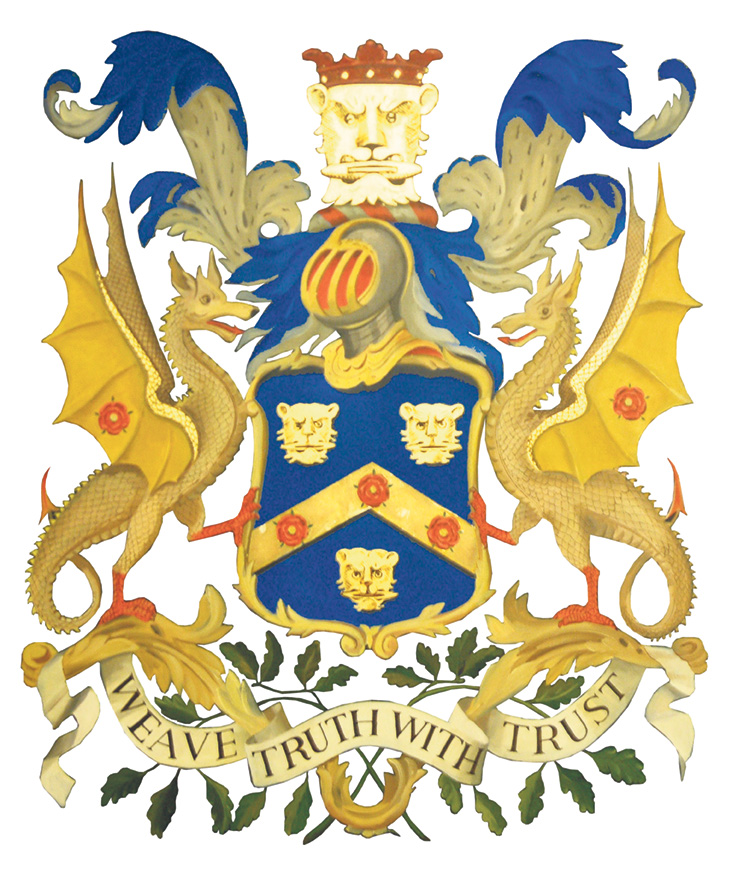1804 JOSEPH JACQUARD INVENTS THE JACQUARD LOOM
1811 – 1816 LUDDITE REBELLION
1815 BATTLE OF WATERLOO
1838 SAMUEL WILSON OF THE WEAVERS’ COMPANY BECOMES LORD MAYOR OF LONDON
1870 WARNER + SONS FOUNDED IN SPITALFIELD
1871 JOHN SPENCER TEXTILES LTD FOUNDED IN BURNLEY

